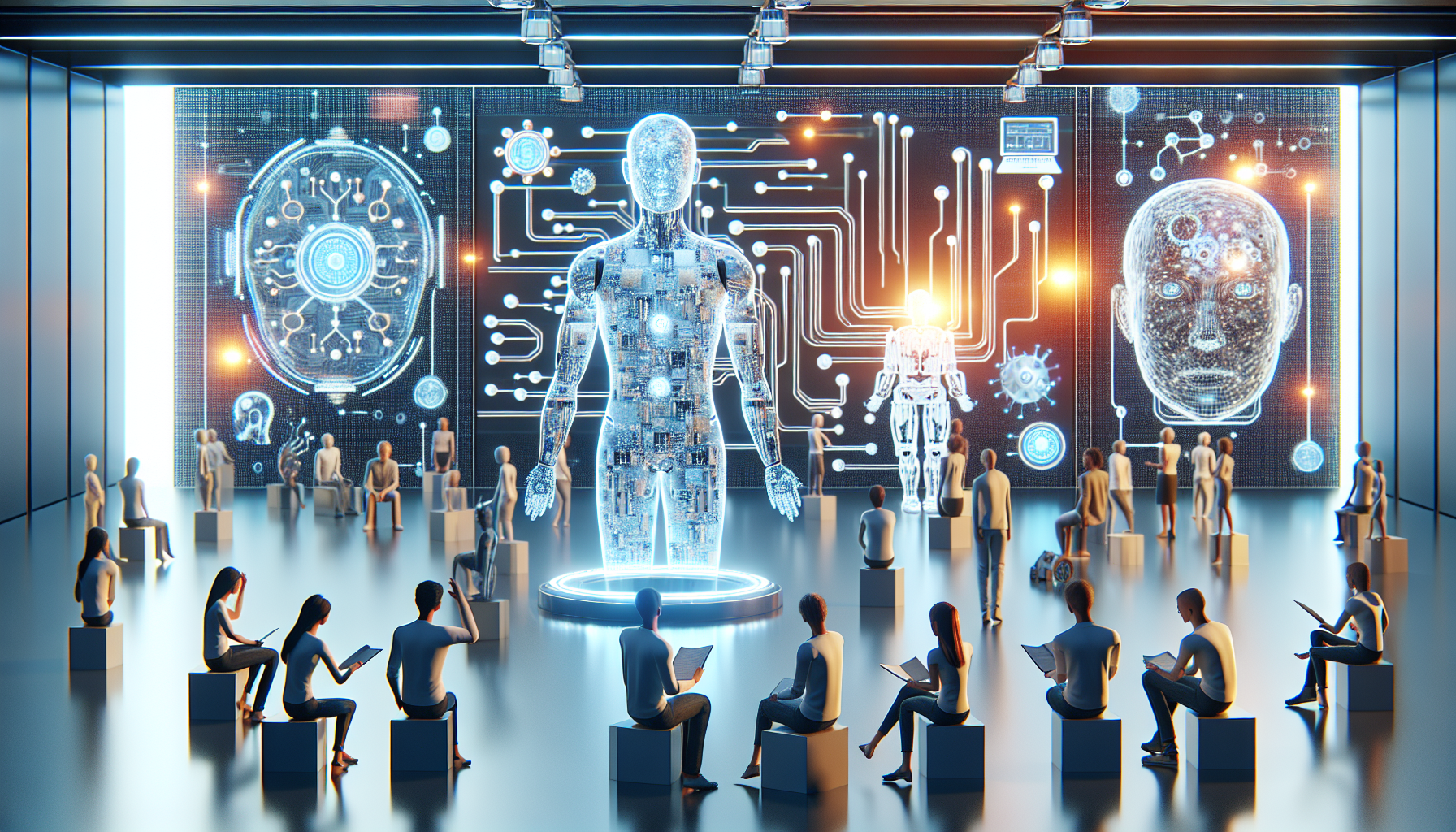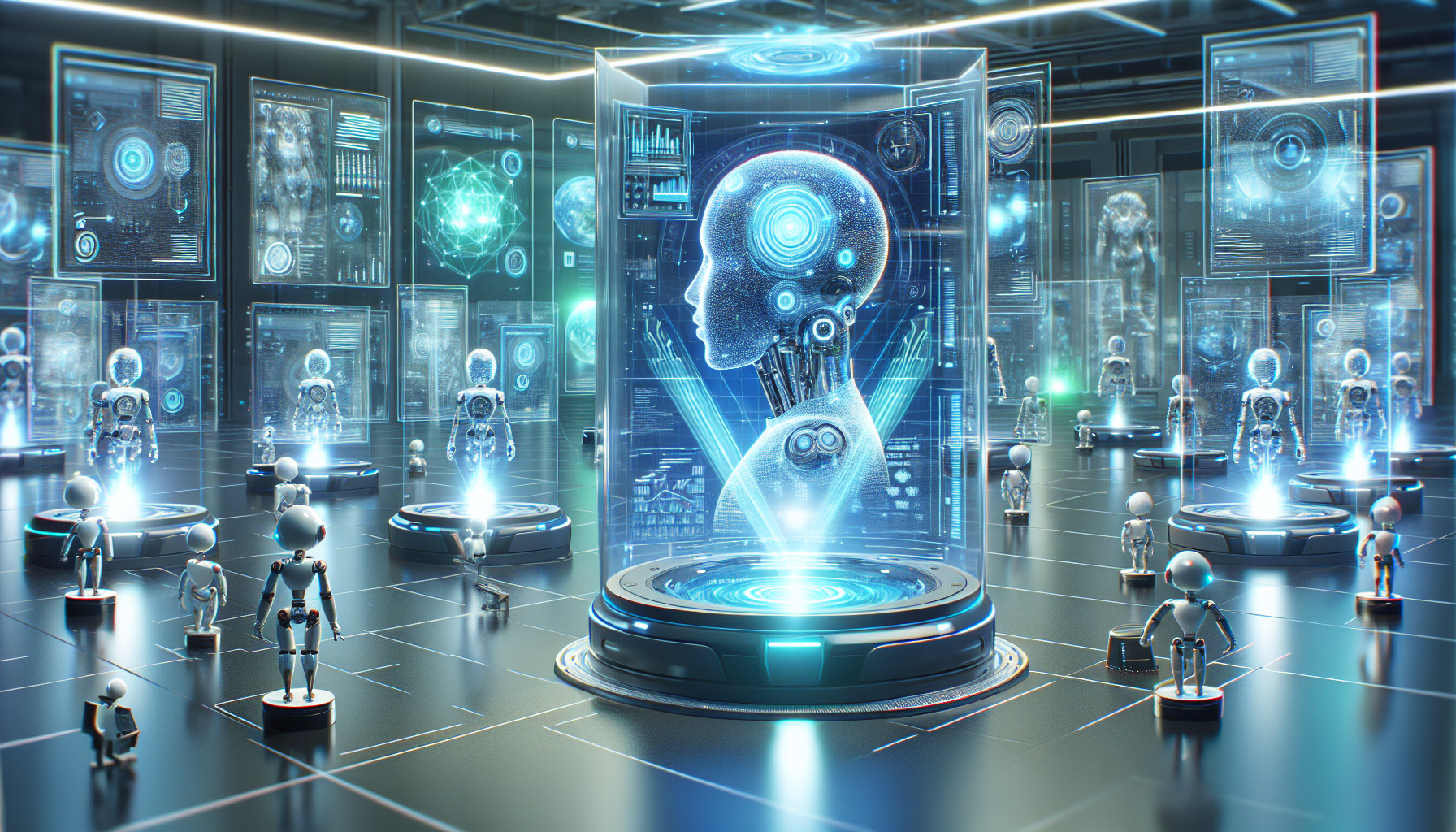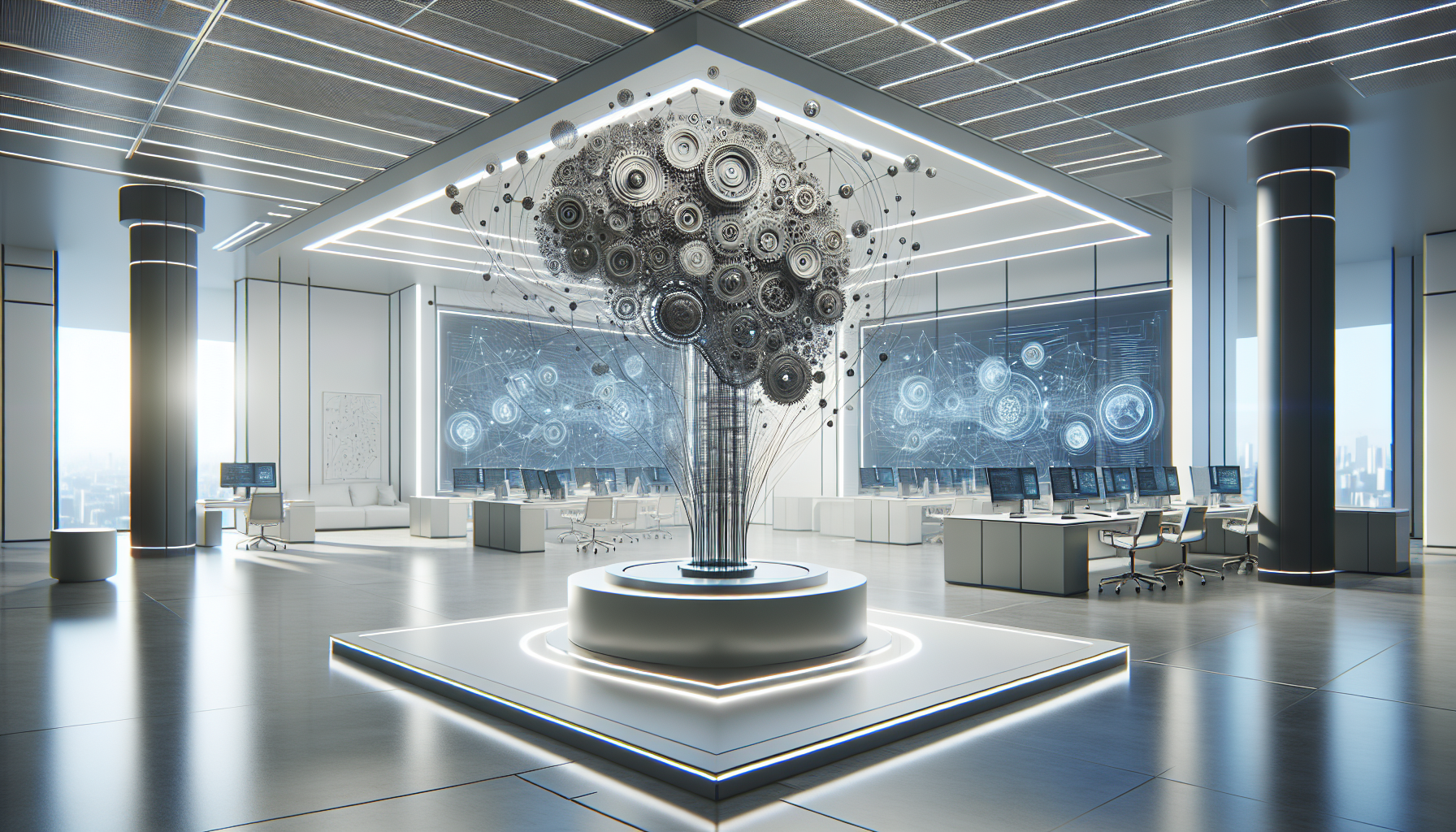
AI and Human-Computer Interaction: Bridging the Gap in a Transforming Digital World
May 14, 2025
Picture this: a world where you don’t just interact with your devices, but they interact back with a sense of understanding, almost as if they get you. This isn’t a scene from a sci-fi movie, but rather the exciting reality unfolding in the realm of Artificial Intelligence and Human-Computer Interaction (HCI). The fusion of AI with HCI is rapidly transforming how we engage with technology, making the experience more intuitive and personalized than ever before.
Let’s dive deep into the trends shaping this fascinating intersection. One of the most intriguing developments is the move toward more natural and seamless communication between humans and machines. Voice-activated assistants like Siri, Alexa, and Google Assistant are just the beginning. As AI becomes more sophisticated, it can understand and predict human emotions, making interactions smoother and more meaningful. Imagine a device that can detect your mood based on your tone of voice or facial expressions and adjust its responses accordingly. This level of empathy in machines is not only fascinating but also incredibly useful in enhancing user experience.
Another trend worth noting is the rise of adaptive user interfaces. These interfaces learn from user behavior and preferences to modify themselves in real-time, providing a tailored experience for each individual. Think about how Netflix suggests movies or how Spotify curates playlists. Now extend that adaptability to every digital interaction you have. The idea is to create systems that don’t just respond to commands but anticipate needs, almost like a digital butler tuned to your unique habits and preferences.
Additionally, AI is playing a crucial role in making technology more accessible to people with disabilities. Consider screen readers that use AI to better describe images or voice recognition software that understands a wider range of accents and speech impediments. These advancements are not just making technology more inclusive but also pushing the boundaries of what HCI can achieve. It’s about creating an environment where technology is accessible to everyone, regardless of their physical or cognitive abilities.
Let’s not forget about the ethical implications and challenges that come with these advancements. As AI systems become more integrated into our daily lives, there are valid concerns about privacy and data security. How much personal information are we willing to share for the sake of convenience? This is a conversation that needs to be ongoing, ensuring that as we move forward, we do so responsibly.
Moreover, the human element in AI development is more important than ever. Designing AI systems that can interact seamlessly with humans requires a deep understanding of human psychology and behavior. It’s a multidisciplinary effort that brings together computer scientists, psychologists, designers, and ethicists. This collaborative approach ensures that technology evolves in a way that respects human values and enhances our lives rather than complicates them.
As we look to the future, one can’t help but wonder about the potential for AI to not just bridge the gap between humans and computers, but to redefine it entirely. Could we reach a point where the line between human and machine interaction becomes so blurred that it feels like conversing with a friend? What would that mean for our society, our relationships, and our sense of self?
These questions are not just philosophical musings but essential considerations for anyone involved in the development and use of AI technologies. As we continue to explore the depths of what AI and HCI can achieve together, it’s clear that we’re on the brink of something transformative. The journey ahead is as challenging as it is thrilling, inviting us to rethink not only how we interact with technology but also how technology interacts with us.
In this rapidly evolving digital landscape, the conversation about AI and HCI is only just beginning. What lies ahead is a world where the gaps are not just bridged but transformed into pathways leading to new possibilities. As we navigate this brave new world, one thing is certain: the dialogue between humans and computers is destined to become richer, more complex, and endlessly fascinating. What role will you play in this unfolding narrative?


